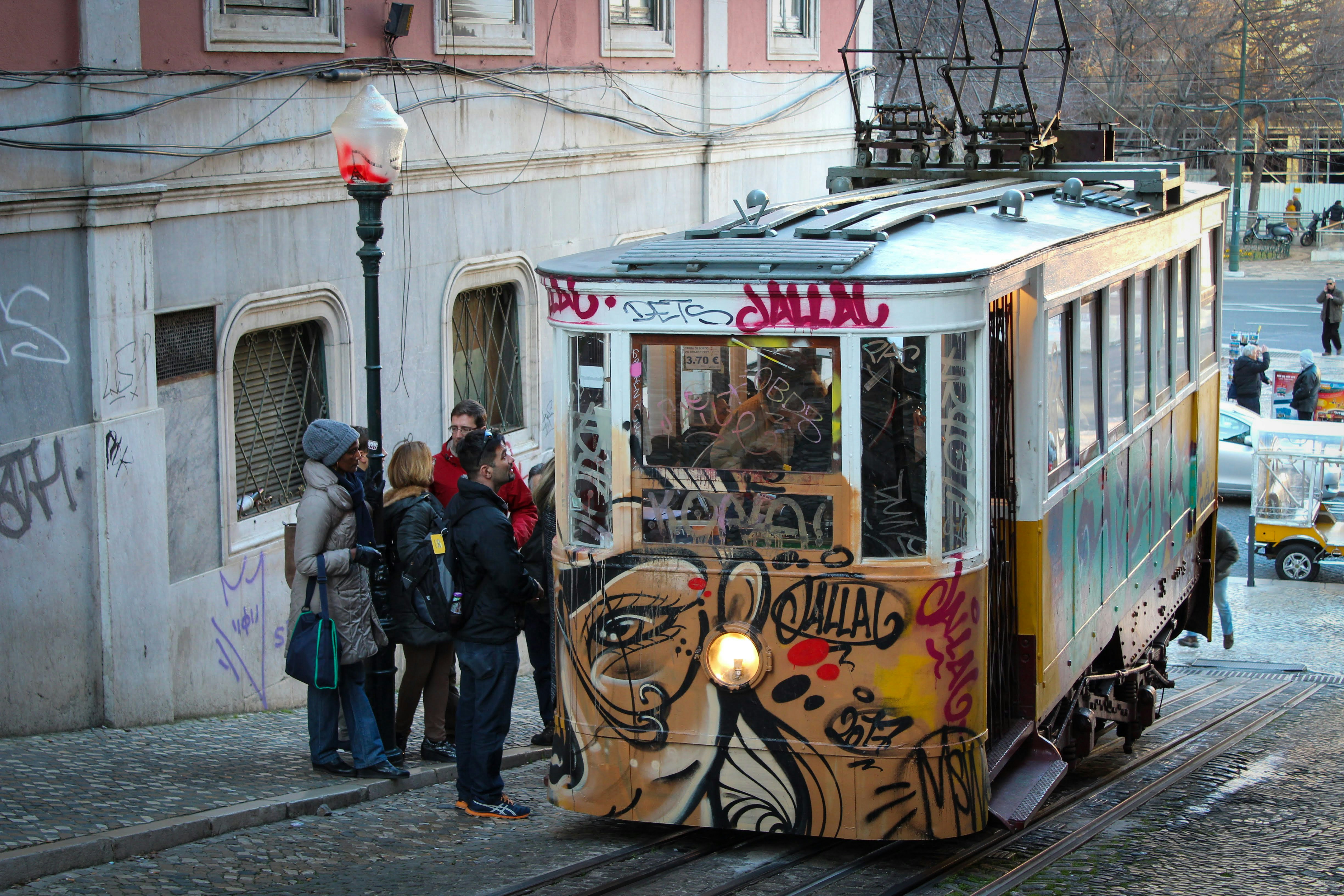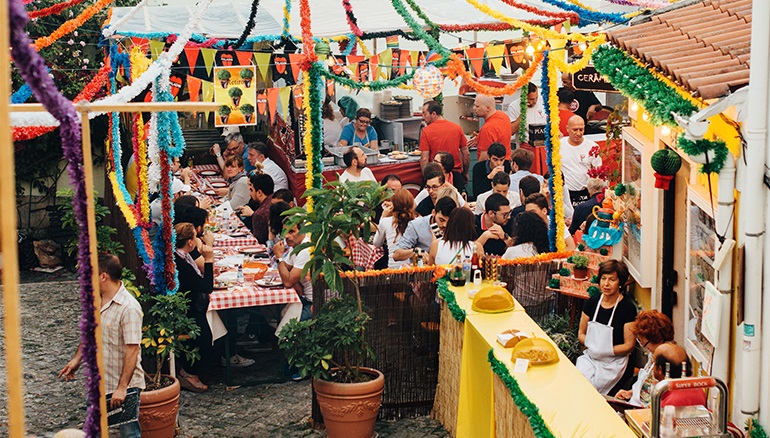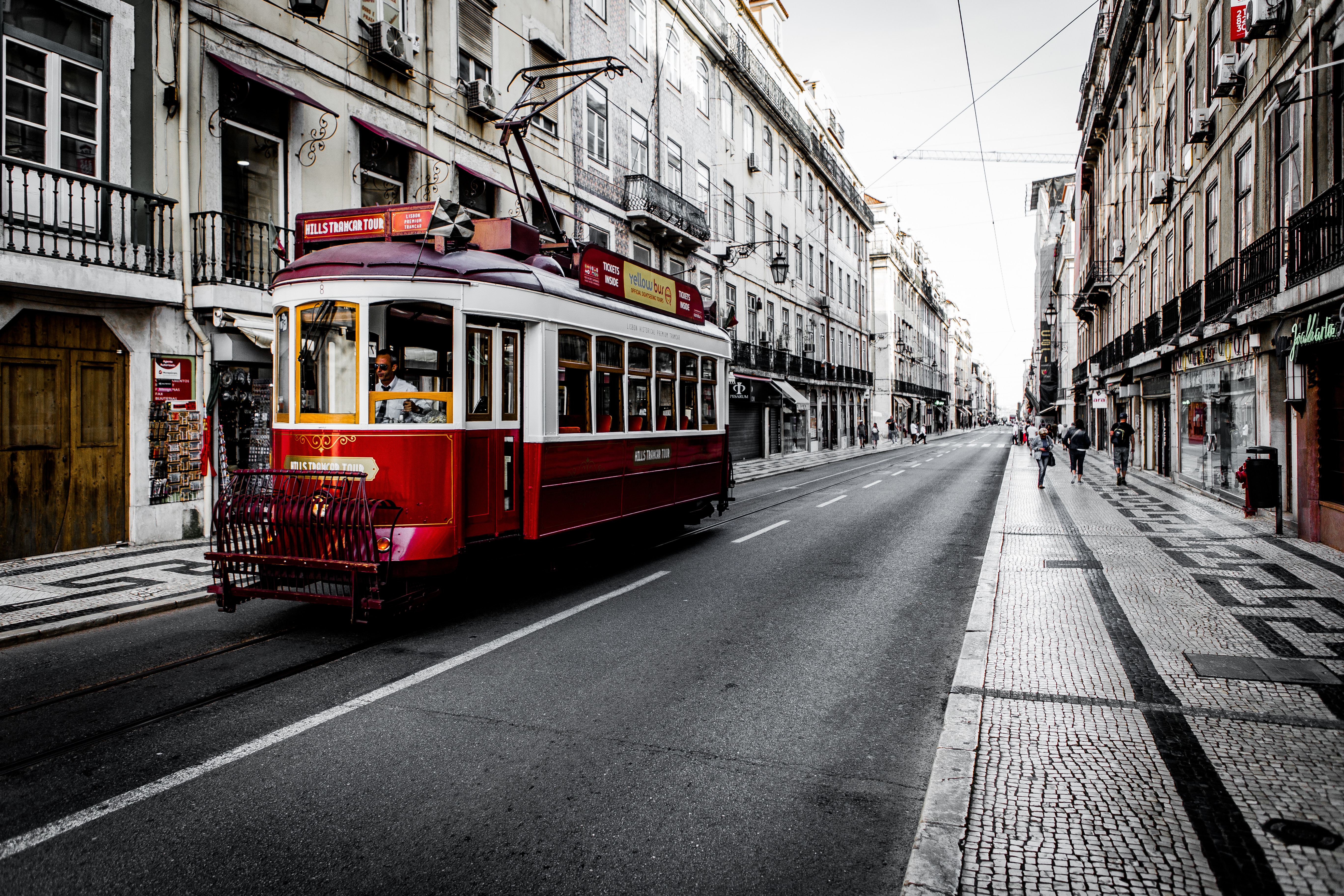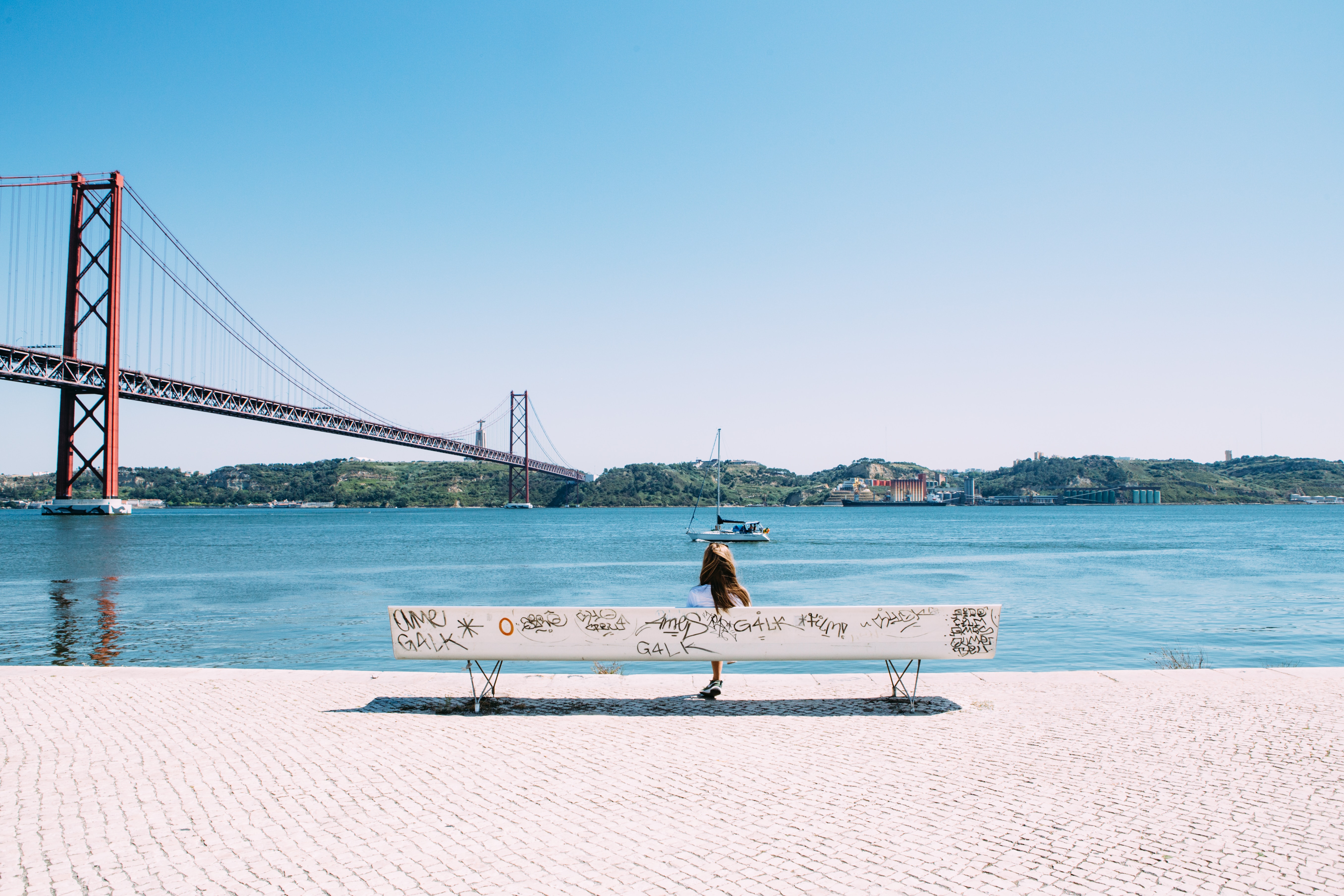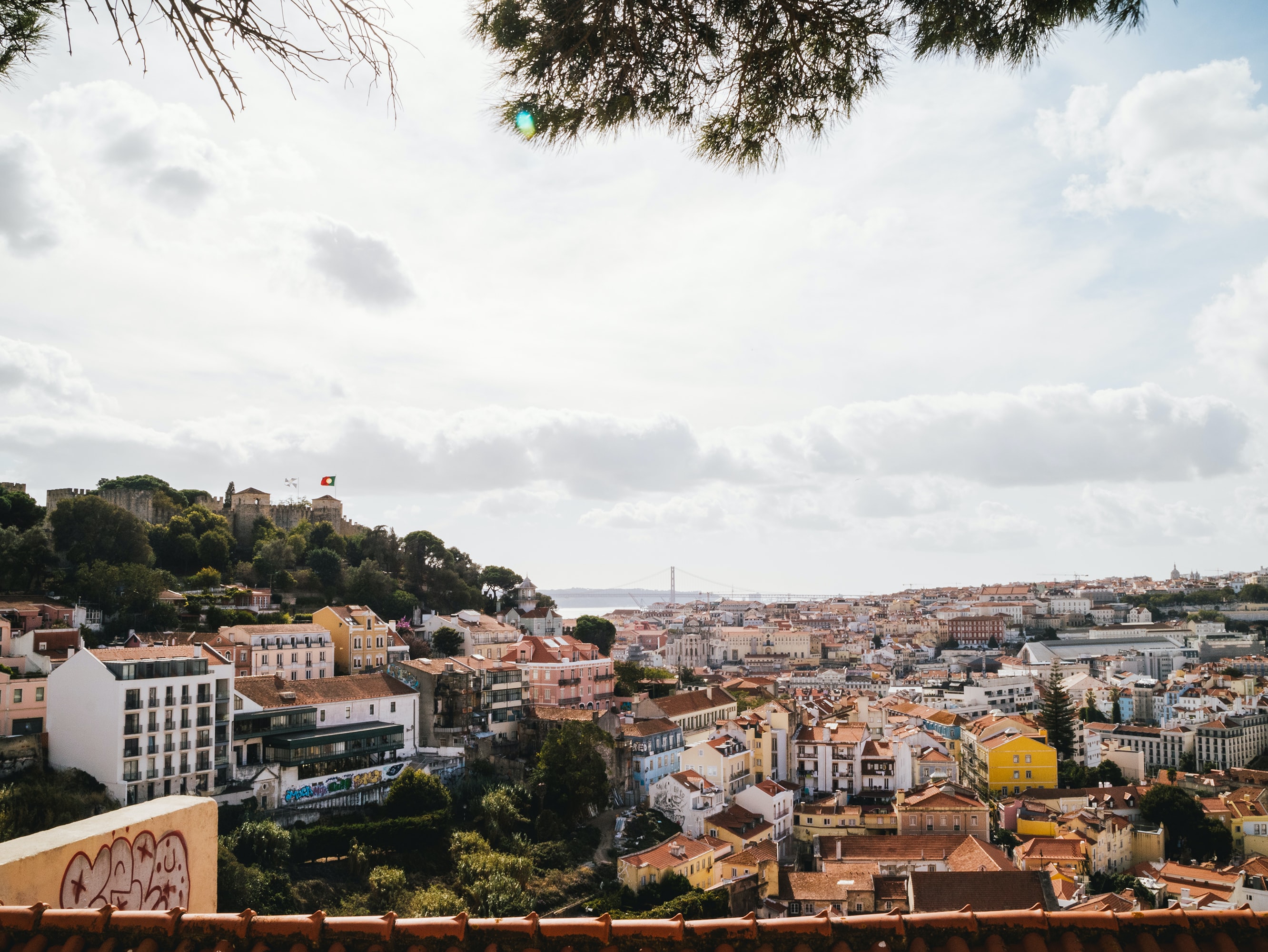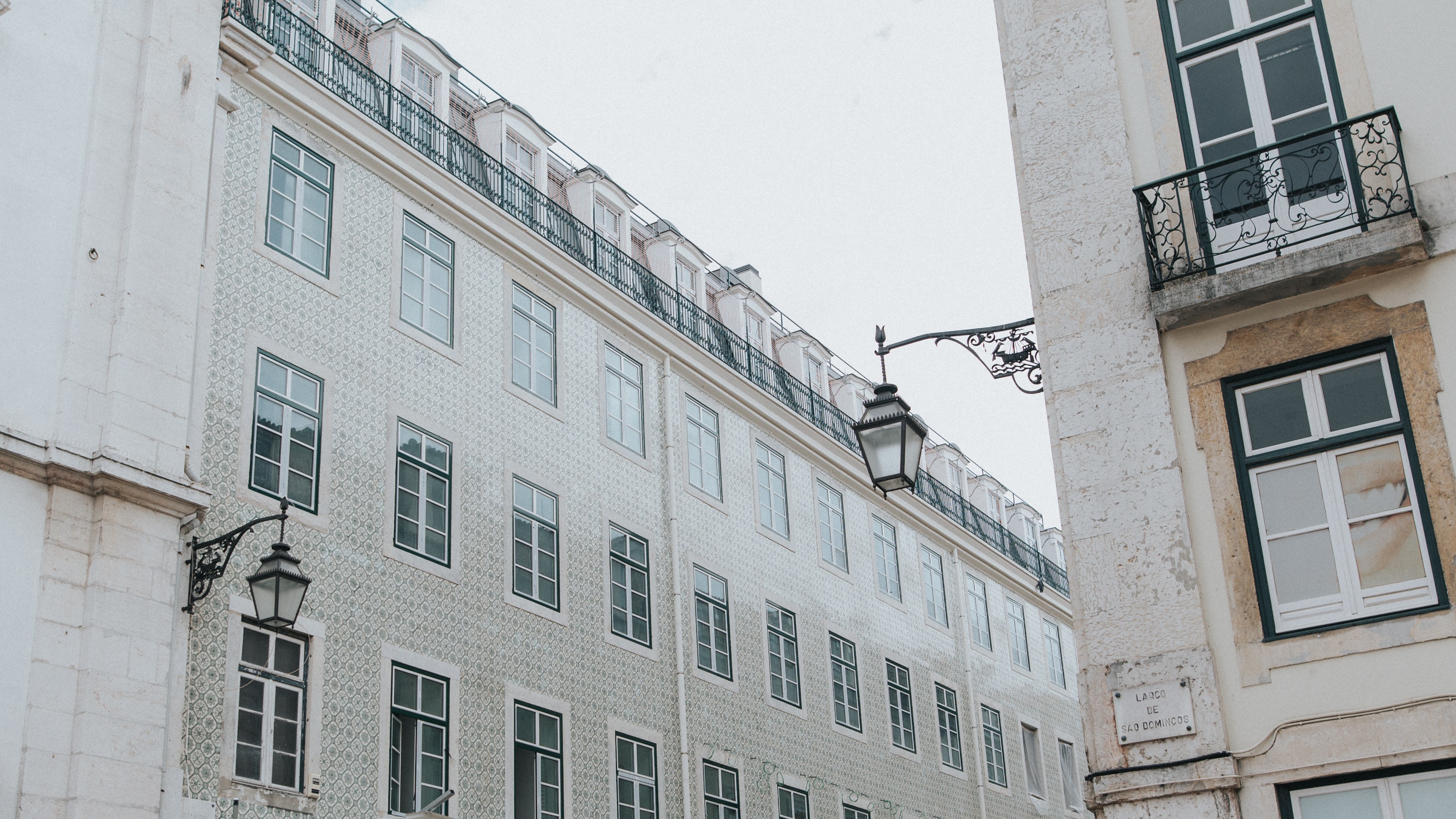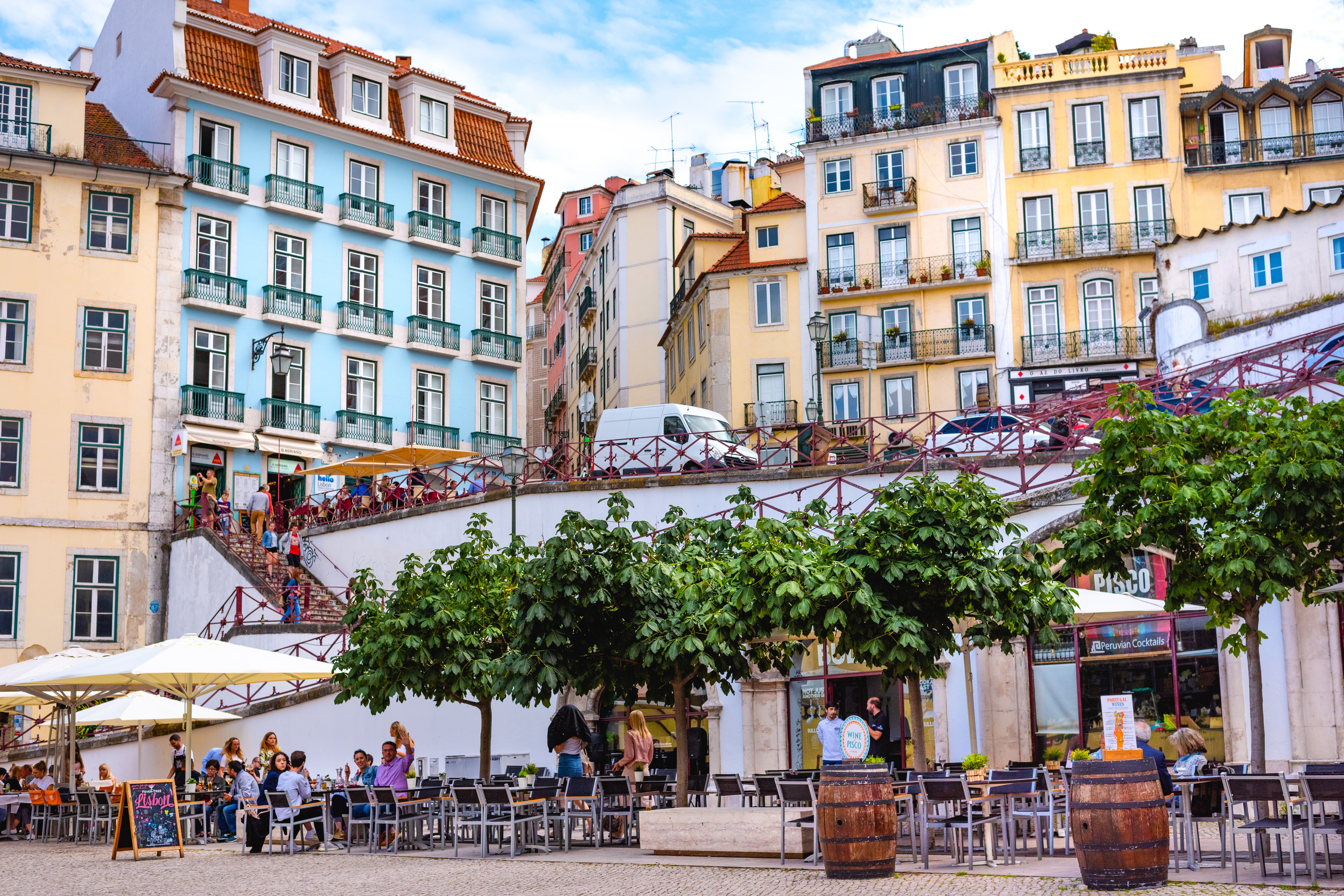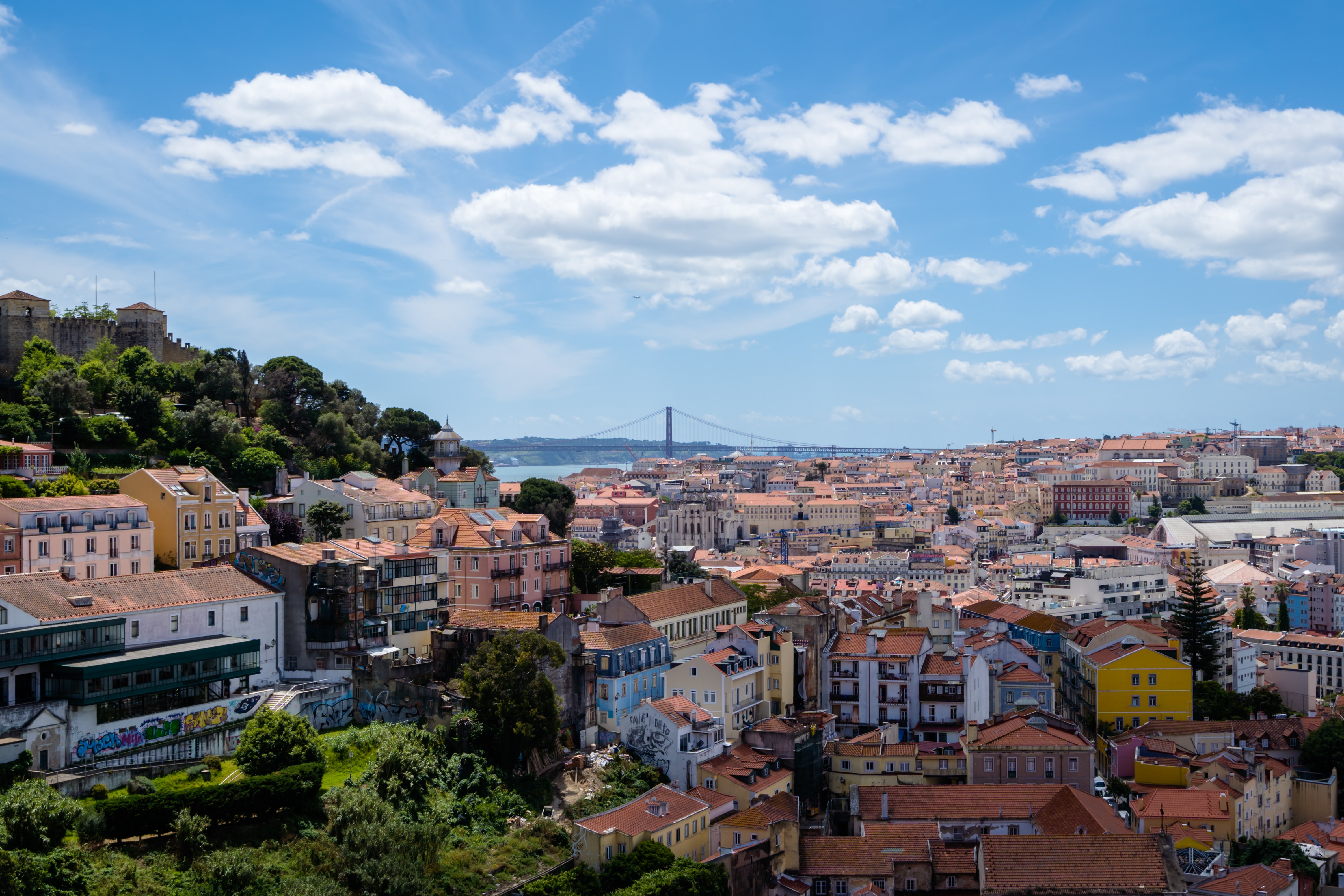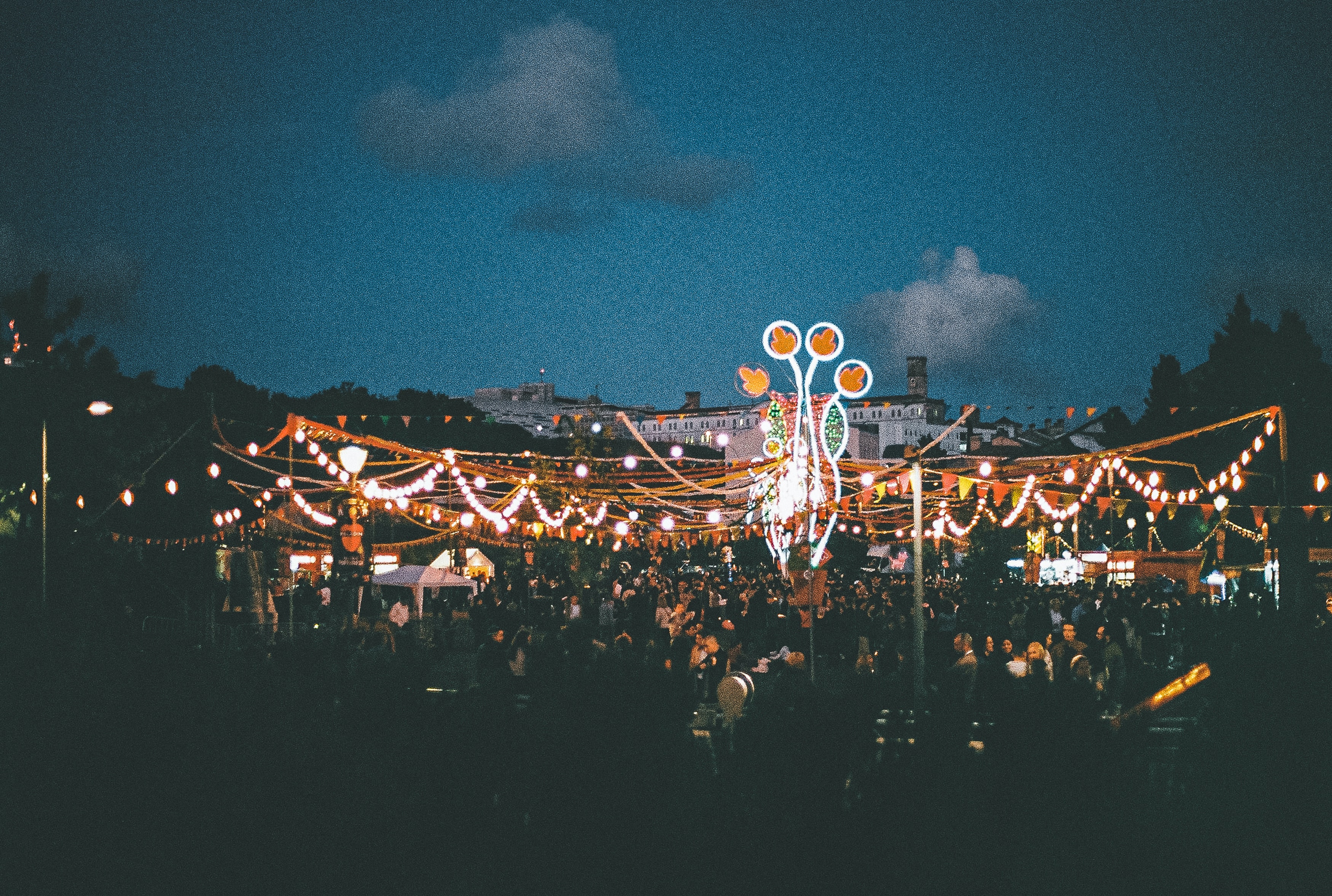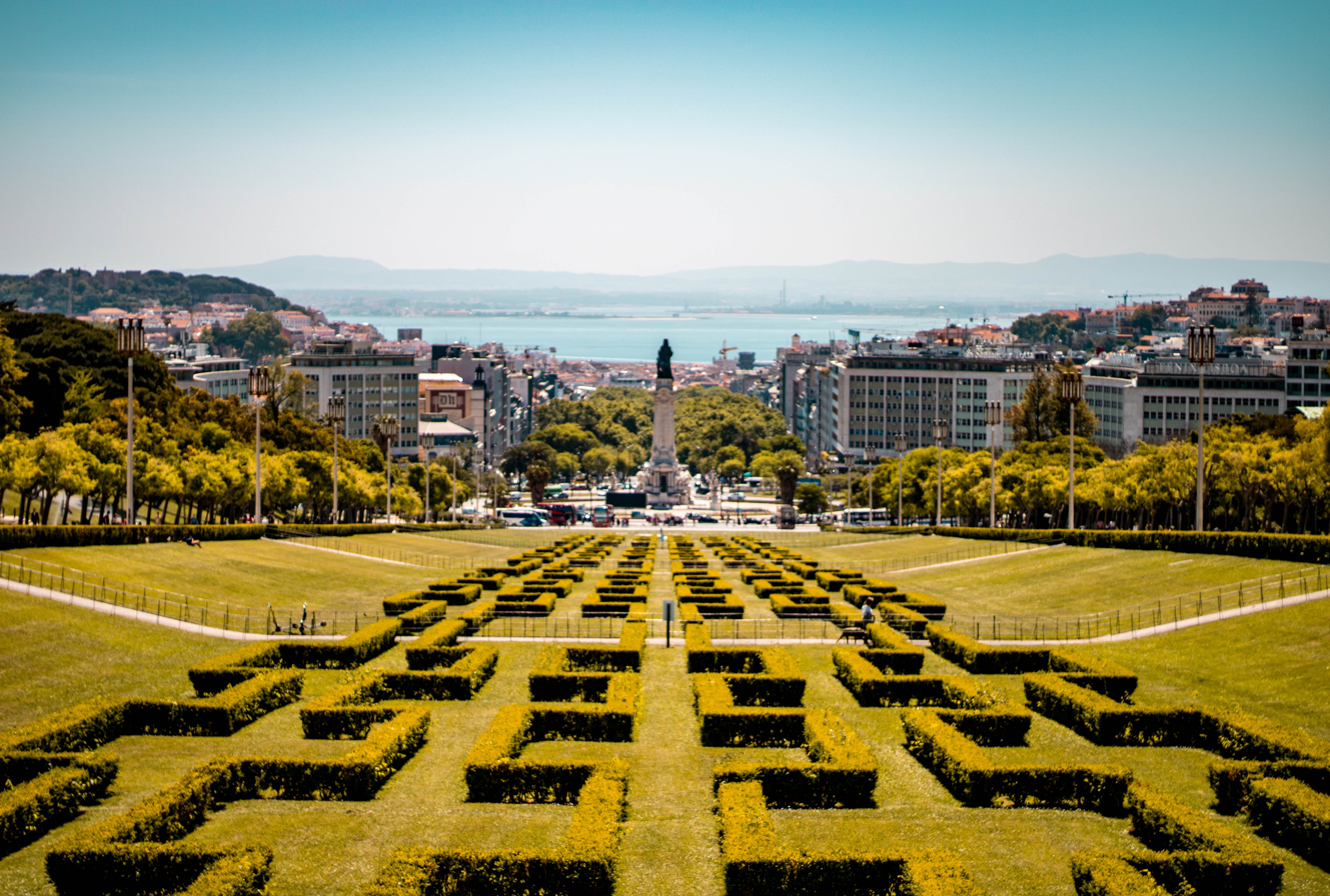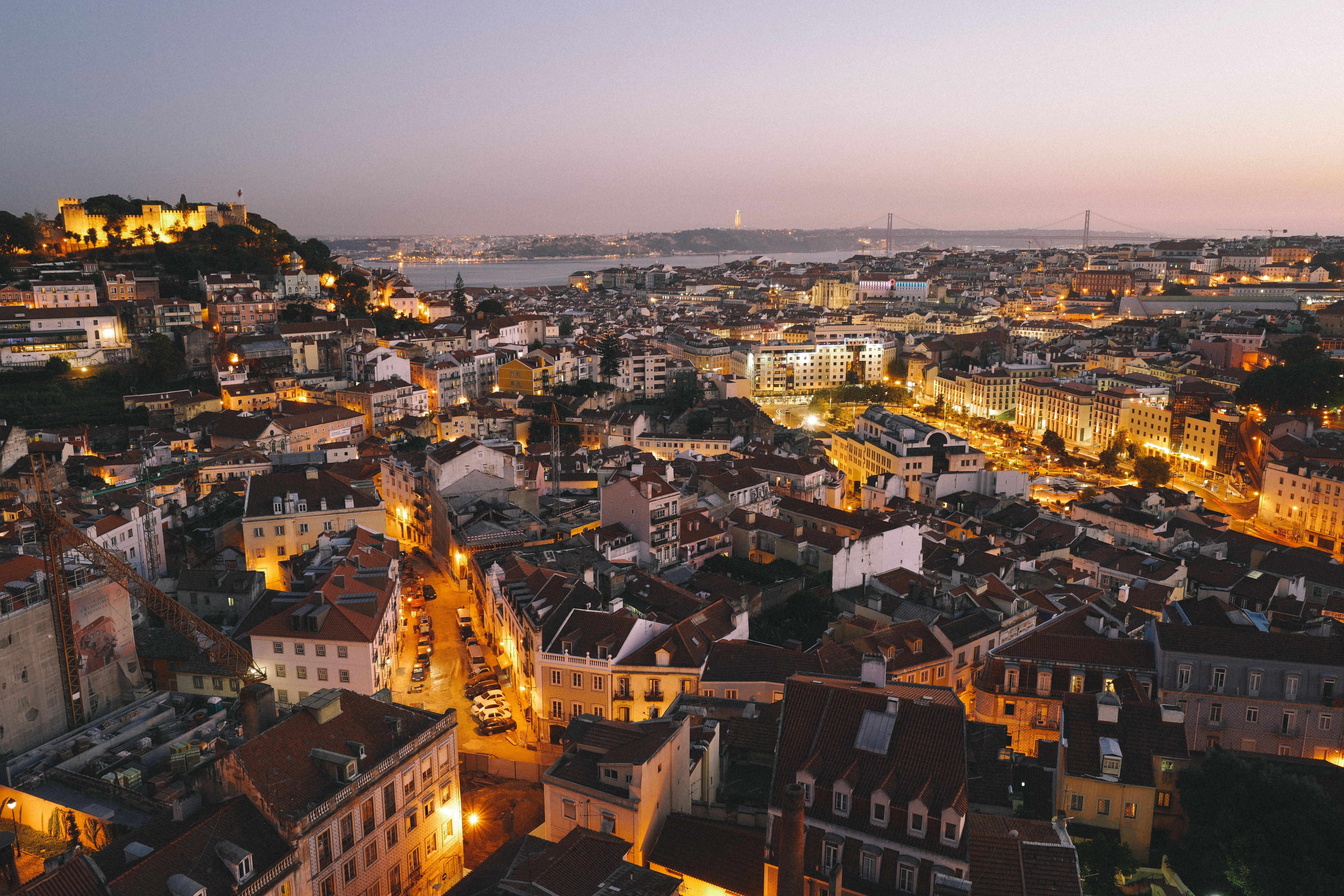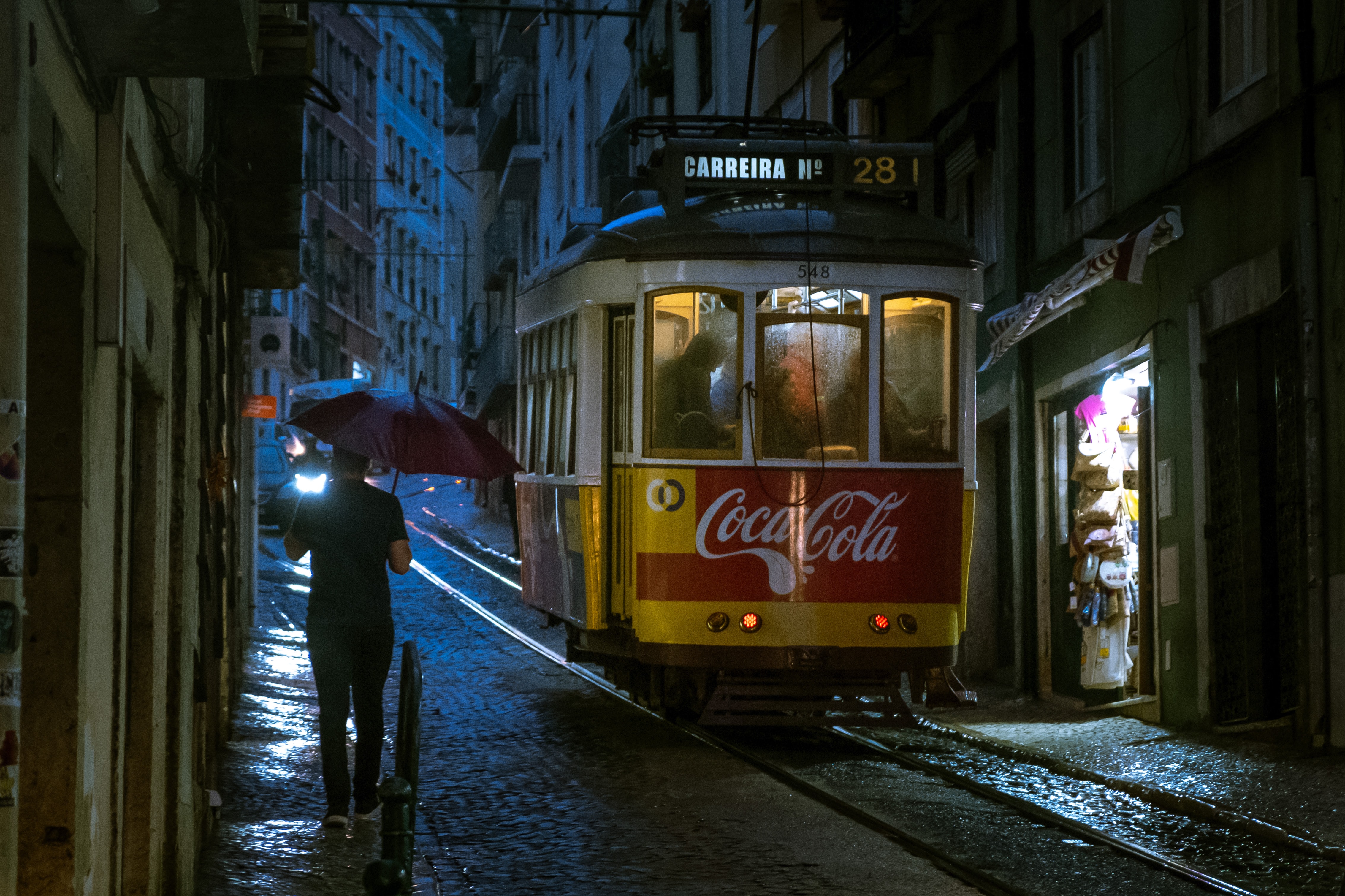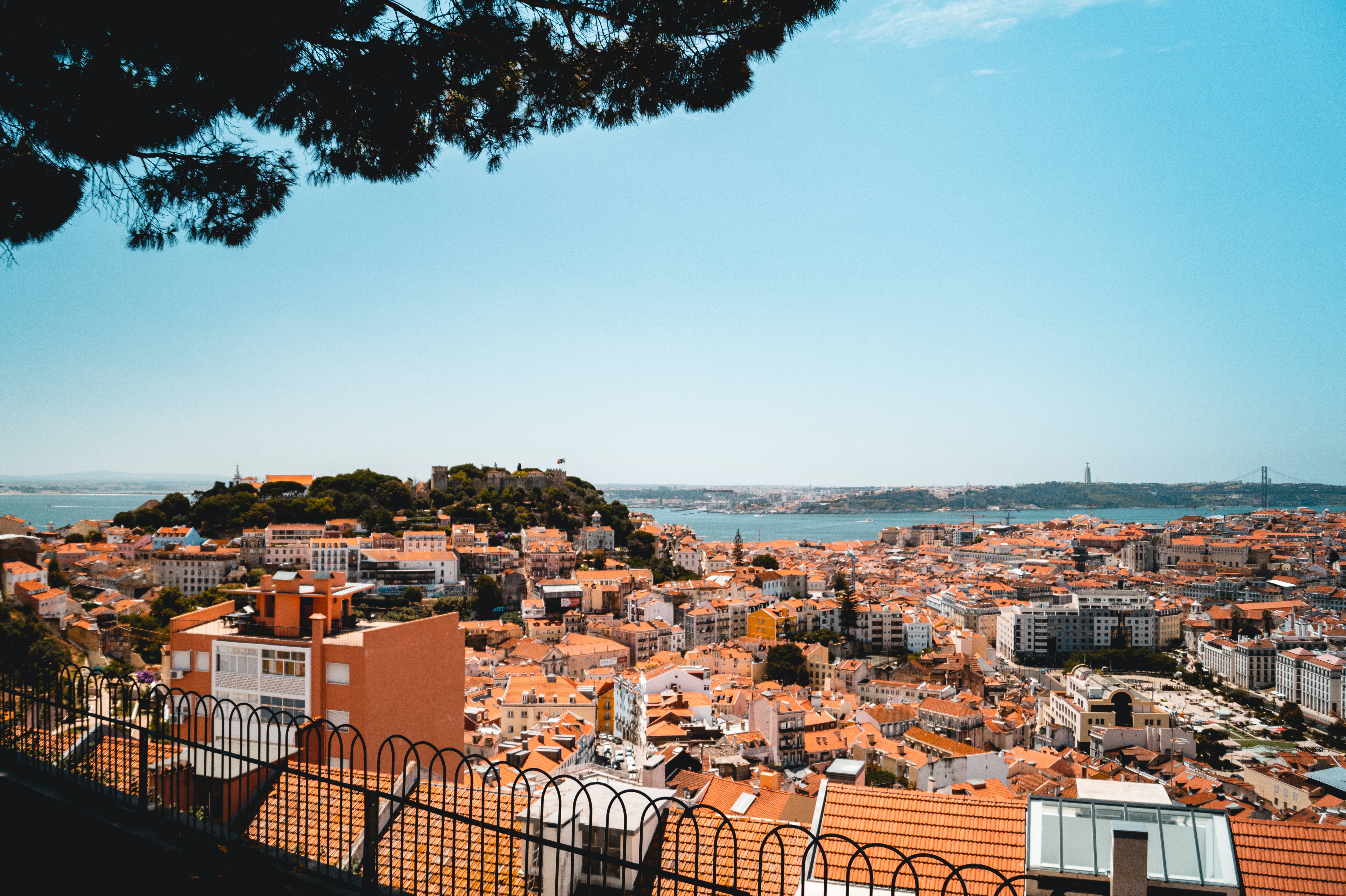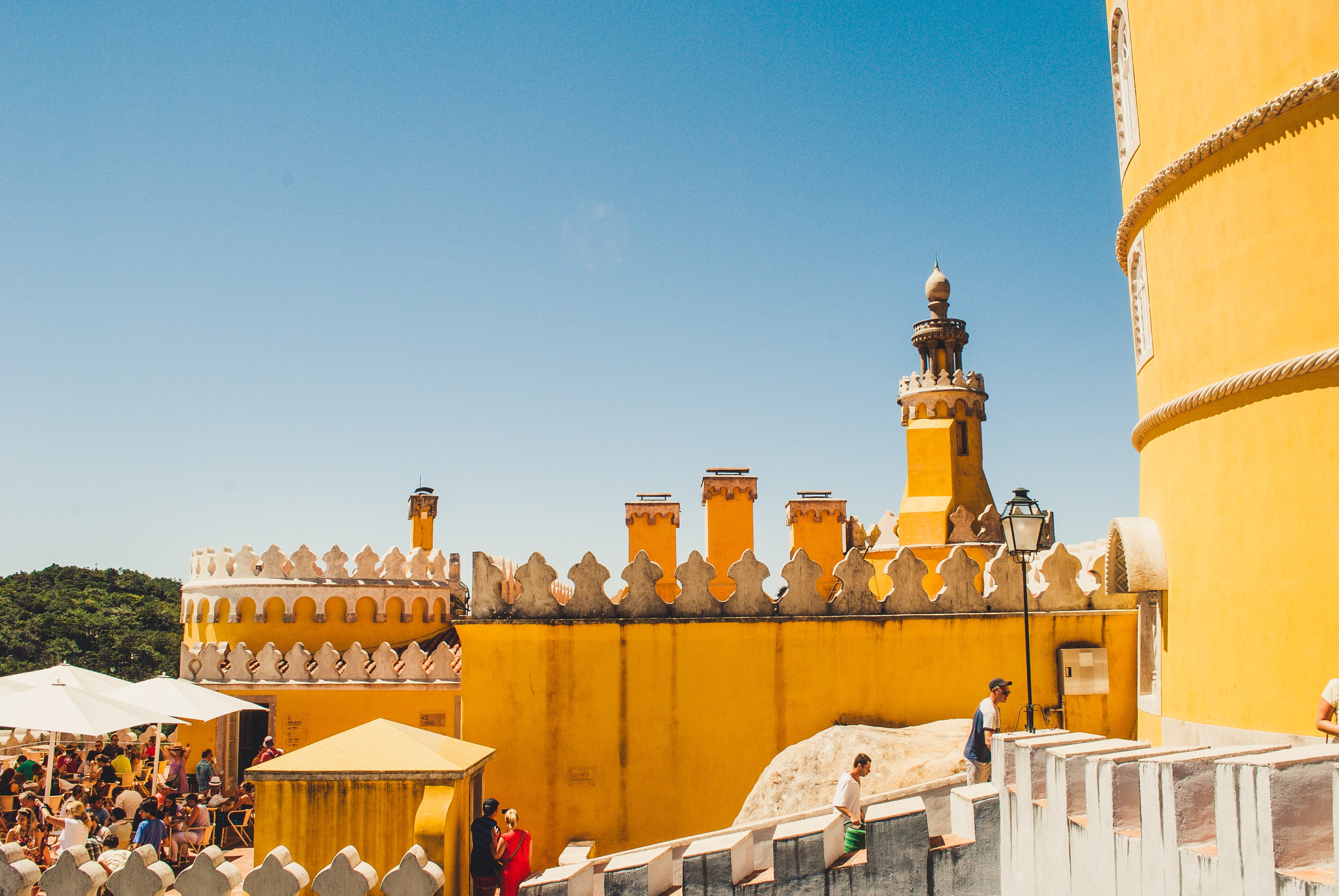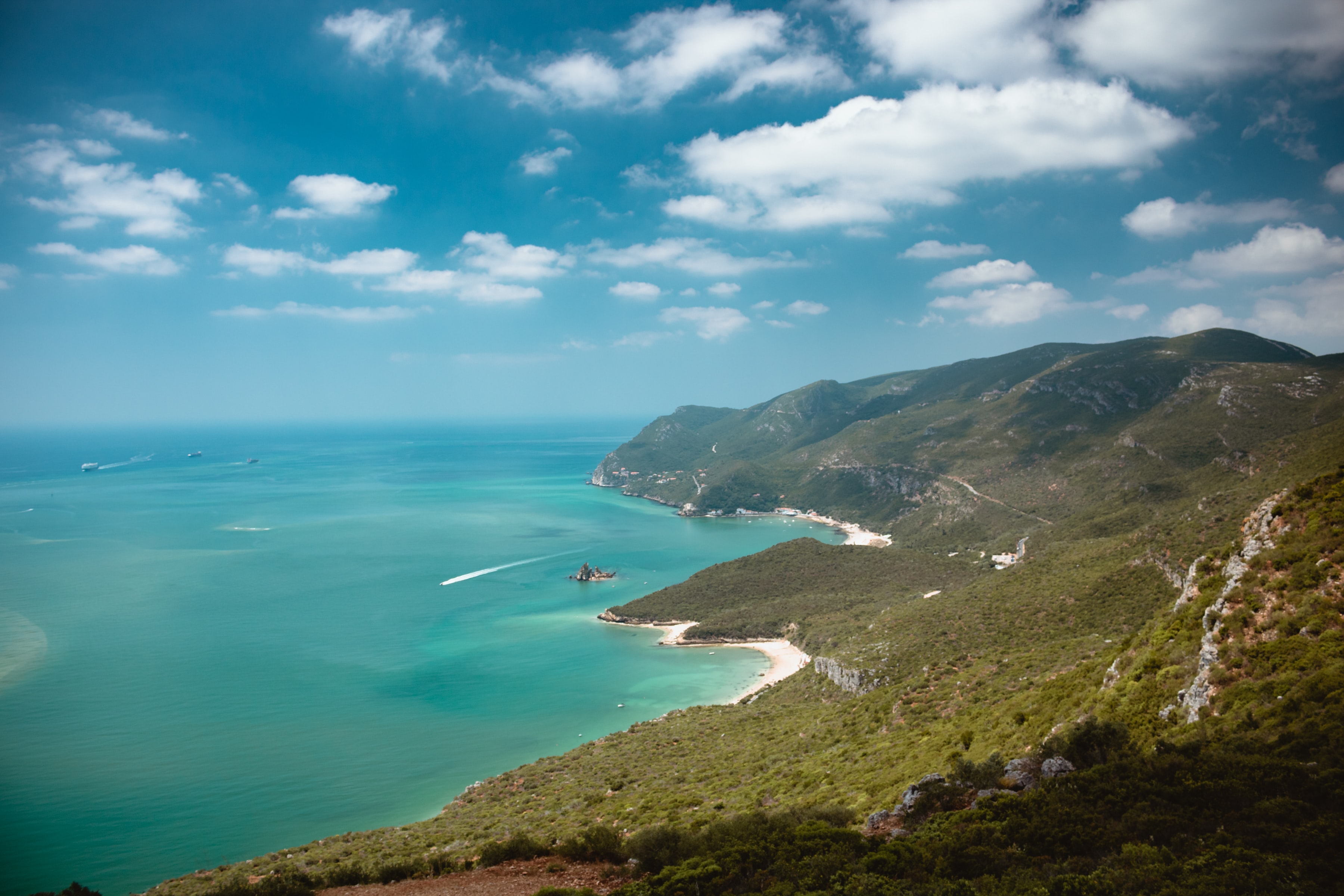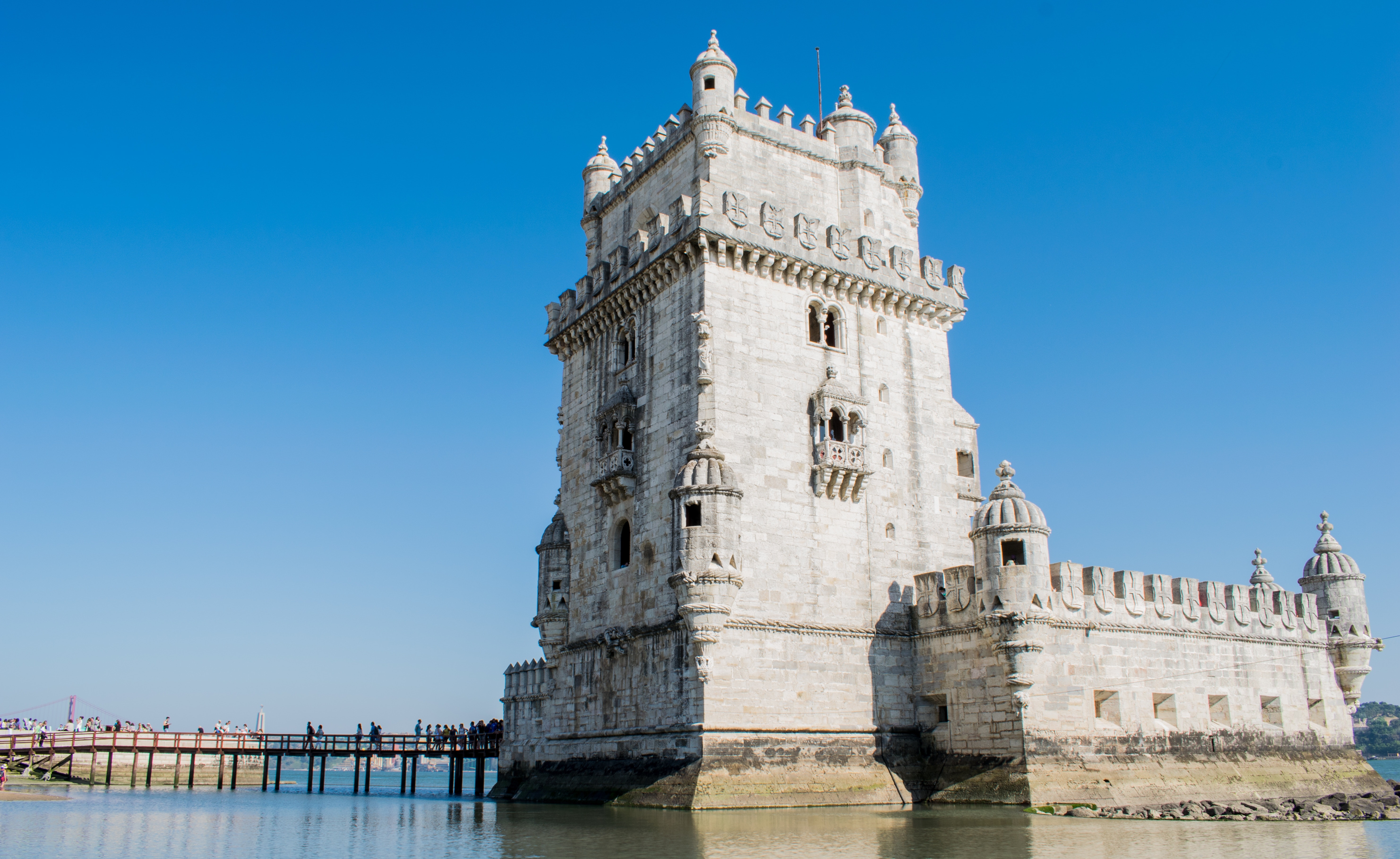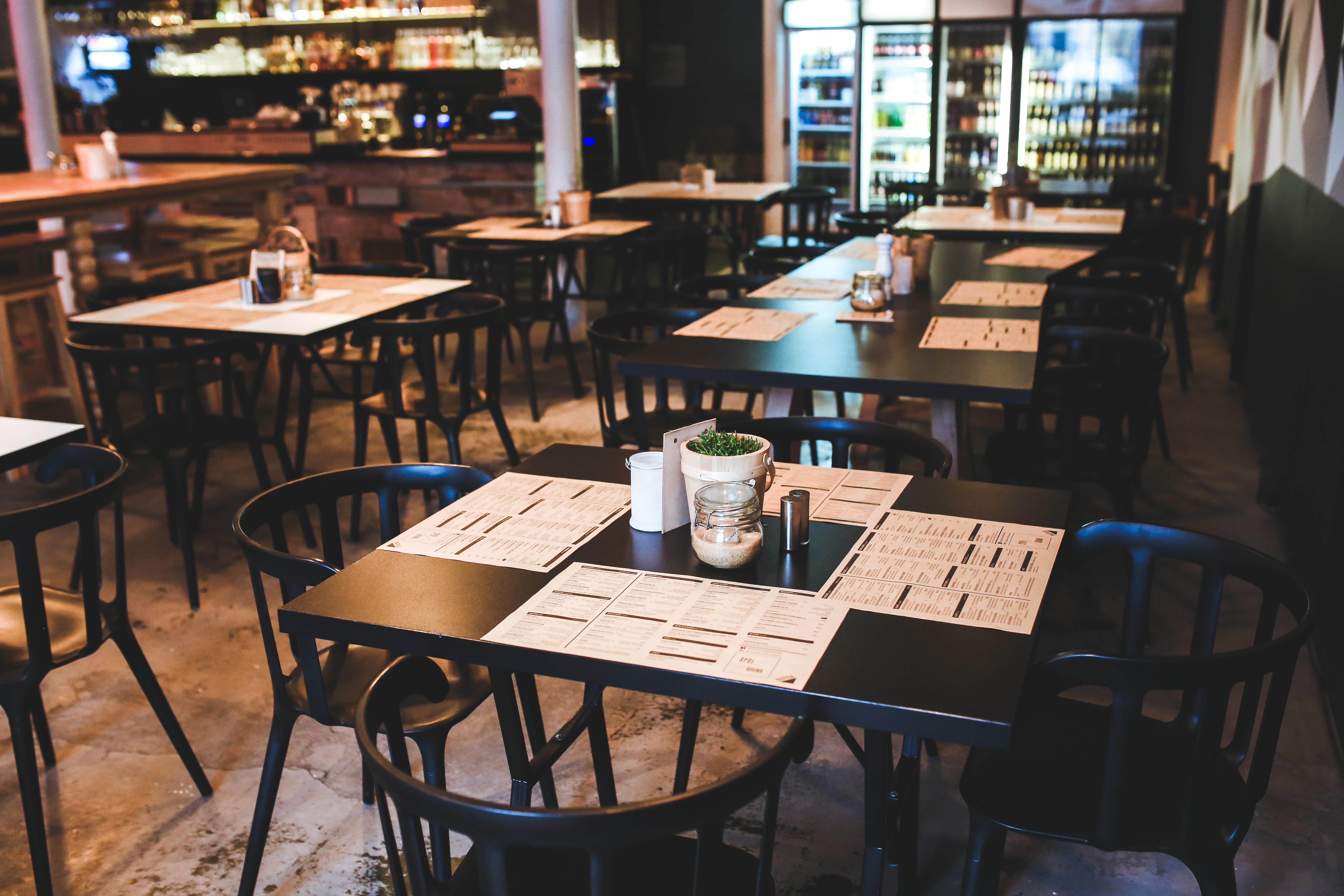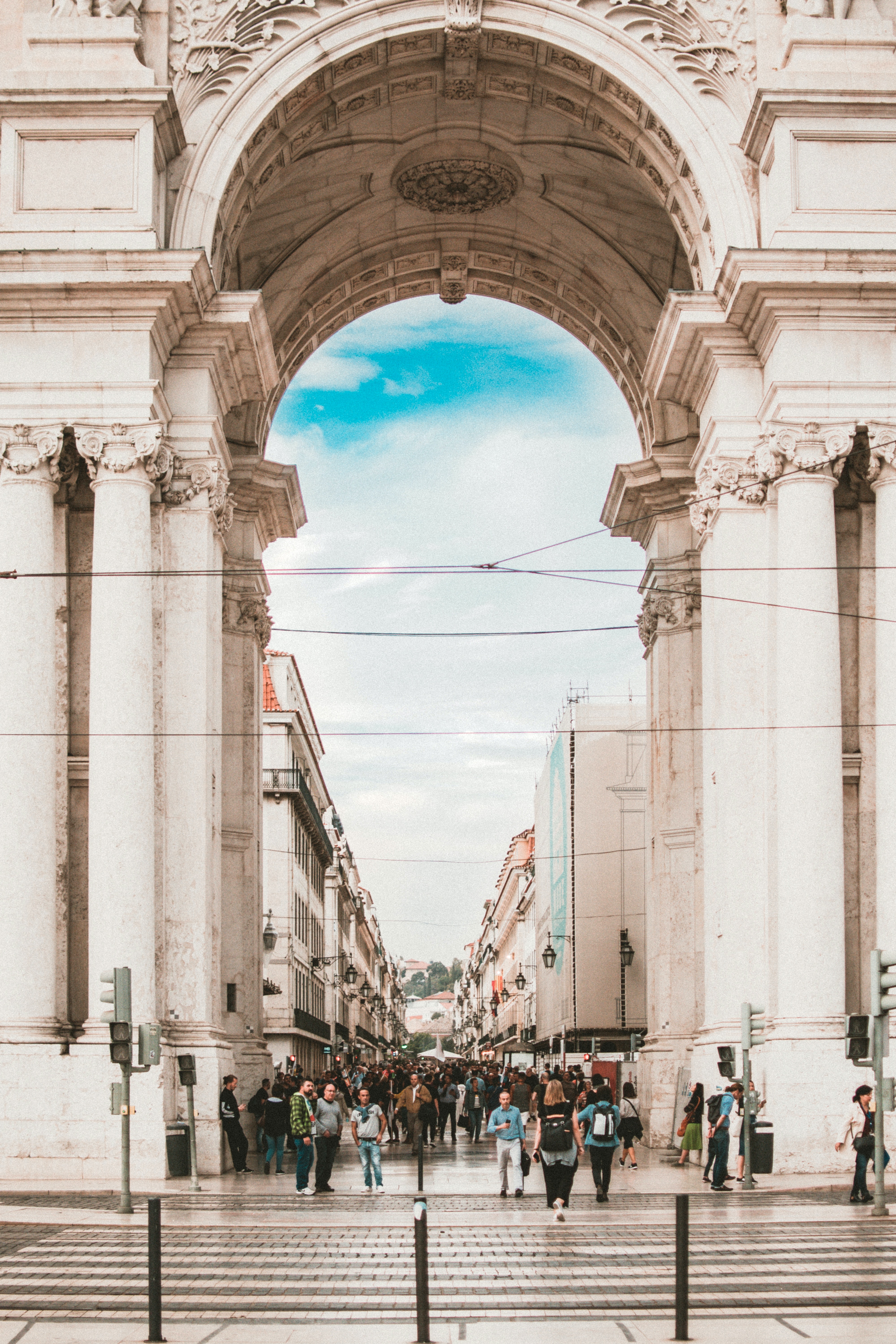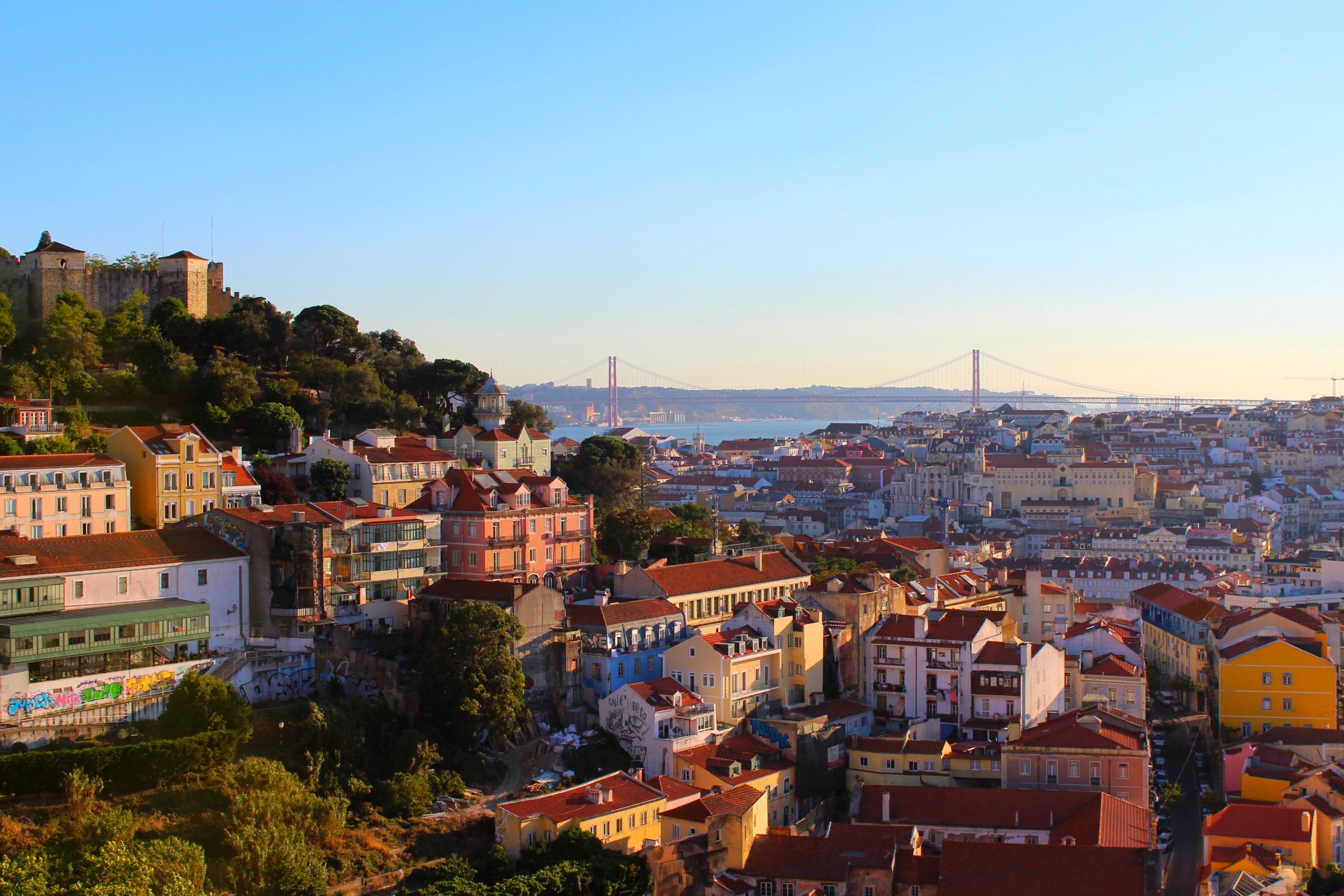

In Lisbon, there are a variety of places to enjoy with your friends. You can go out to discos or bars, but you can also go out for a drink. There are also areas in the city that are known for their nightlife, such as Bairro Alto. But even though Lisbon is known for its nightlife, there are plenty of other things to do in the city. Some of these include visiting the beautiful areas, going to the beaches, and exploring the city. In this article we will show you some of the best places to visit in this amazing city.
Padrão dos Descobrimentos
Padrão dos Descobrimentos is a very curious monument in front of the Jeronimo’s Monastery. A part from its 52 meters high, this building has its caravel to the river. This monument was built to commemorate the 500 years of the death of Enrique el Navegante and in the stone, there are represented his discoveries, you will also see a huge stylized compass rose and world map charting Portuguese expeditions, with characters and Portuguese navigators which arrived to many parts of the world. This exploration culminated in an empire that spanned five continents
Enter the monument to discover exhibits on Lisbon’s history. Take the elevator and a flight of steps to the top of the 184-foot-tall (56-meter) structure for incredible panoramic of the Jeronimo’s Monastery and the Bridge of the 25th of April, and also a view overlooking the river, the historic Belém district and the opposite shore.
Chiado
There is no better place to meet for coffee, shopping, or before going out than Bairro Alto, Lisbon’s most elegant neighborhood. Many of the buildings date back to the late 1700s, but Pritzker Prize-winning architect Lvaro Siza Vieira restored and altered many of them after a devastating fire in 1988.
There are two landmarks on Rua Garrett: Aramazéns do Chiado mall and the landmark café A Brasileira. and an elegant jewelry store from 1909 (part of the “Tous” brand) and one of Europe’s first (and most beautiful) elevators are located between them. The elevator was installed in the Ramiro Leão department store, which is now a United Colors of Benetton, and can be seen on the 4th floor. It’s protected like a museum piece, with a well-preserved mirrored and gilded interior, and displaying a velvet-upholstered stool used by the ladies as they were whisked up the store. Another prominent architectural features in Chiado is the Carmo Convent. This Gothic church lost its roof during the 1755 Lisbon earthquake.
If you’re more of a contemporary art and design person, you have to explore the fashion and design museum MuDe. You can see pieces from Christian Dior’s famous New Look collection from 1947. You can also visit the National Museum of Contemporary Art in the Museu do Chiado to see Rodin’s renowned sculpture The Bronze Age.
If you like shopping, head to Rua Garrett for luxury shopping. Stop in at the Ourivesaria Alianca, an elaborately decorated shop open since 1909 that is now a jewelry store. Get around the center of Lisbon on foot, there’s many shops around this area. Move on using the city’s public transportation, including trams, buses and an underground metro system.
Castelo de S. Jorge
Situated on one of the highest of Lisbon’s seven hills, Castelo de São Jorge is the most visited tourist spot in the city, and possibly the most impressive, either for the construction itself, or for its position that offers the best views of Lisbon and rio Tejo.
This monument occupies the place of the former Moorish castle dating from the 10th century. The castle was conquered in 1147 by the Crusaders led by Dom Afonso Henriques, the founder and first king to call himself “King of Portugal”. Inside the walls, a metal statue on a cylindrical stone pedestal, which honors the first king of Portugal.
Tips on how to get to Castelo de São Jorge
On foot: If you are prepared to walk along steep paved streets, then walking is the best way to get from Baixa to Castelo de São Jorge.
By tram 28: If you want to walk, but want to get to know the neighbourhood, take tram 28. Get off at Largo das Portas do Sol. Use the Viva Viagem Card to travel on Lisbon’s public transport.
By tuk tuk: This is a good option if you want to visit other attractions and some viewpoints in Lisbon. Read about tuk tuk tours in Lisbon.
By taxi: This is the most comfortable way to get there if you want to avoid walking through the streets of Alfama.
**Praça do Comércio **
Next to the river is the captivating Lisbon square, with its large 18th century columns, triumphal arch and an equestrian statue of King José I, one of the most beautiful squares in all of Europe, opening further south over the immense estuary of the rio Tejo. It was here on the quay that the Kings and Heads of State disembarked when they visited Portugal.
Before the 1755 earthquake, this square was called Terreiro do Paço. The Royal Palace has been located on the west side of the square since the 16th century, when King Manuel transferred it to the court of São Jorge Castle (São Jorge).
For more information on the history from Roman times to modern times, visit Lisbon Story Centre, skip the line if you book earlier. If wine tasting is more your thing, check out ViniPortgal’s tasting room.
Cristo Rei National Sanctuary
Inspired by Brazil’s iconic Cristo Redentor, the Cristo Rei statue sits at the top off the hill. This massive monument was built to express gratitude to God for allowing Portugal to escape one of the worst horrors of World War II.
Cristo Rei was opened to the public in 1959. The Christ, standing with outstretched arms, is placed at the top of a high arch with a rectangular base. There is an interior elevator that takes visitors to a platform under the figure’s feet for panoramic views of Lisbon, such as the Golden Gate-style, ponte 25 de Abril. Cristo Rei was completed in 1959, seven years after its work began. The initial inspiration was after the Cardinal Patriarch of Lisbon visited Rio de Janeiro in 1934 and saw the new Cristo Redentor.
Technically Cristo Rei is not in Lisbon, this monument is a short trip across the rio Tejo, in Almada. It was built in Salazar’s time to resemble the Cristo Redentor in Rio de Janeiro.
The foundation on which the Christ stands is quite impressive in its own right. It consists of four arches with the Chapel of Nossa Senhora da Paz in the center. Two of this pedestal’s mighty legs contain an elevator system that takes visitors to the viewing platform at the feet of Christ. This monument is at about 80 meters (260 feet) and combined with the elevated position at the top of the hill provides an excellent vantage point over Lisbon.
